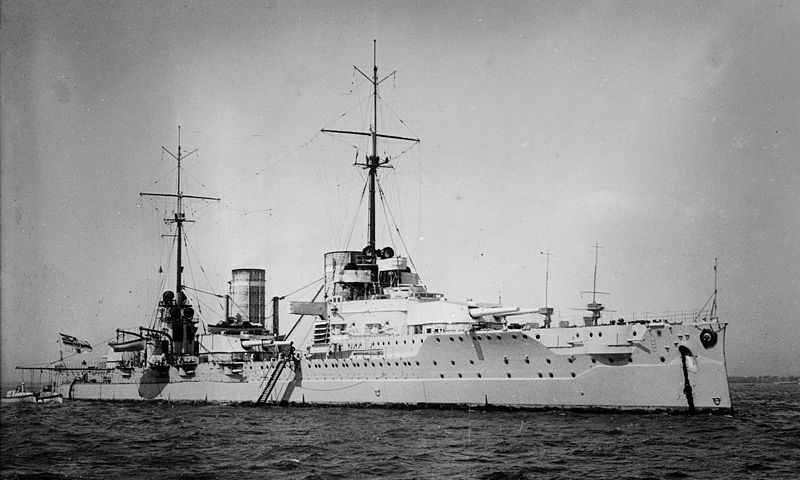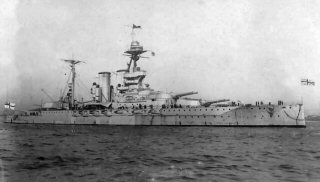|
|
|
|
|
|
|
BATTAGLIA NAVALE DELLO JUTLAND
NAVAL BATTLE OF JUTLAND
|
|
|
|
|
|
|
31 MAGGIO 1916 - 1° GIUGNO 1916


STORIA / HISTORY
LA SECONDA Gefechtskehrtwendung TEDESCA /
THE SECOND GERMANYGefechtskehrtwendung
Alle 19.20 il comandante tedesco mutò di nuovo rotta, puntando verso est e quindi sul nemico.
Nel rapporto fatto dopo la battaglia von Scheer disse che avendo la flotta praticamente intatta ed essendo cessata la pressione del nemico, ebbe l'impressione che la battaglia non dovesse finire in quel modo e che fosse suo dovere cercare di nuovo il contatto.Era ormai evidente che siamo stati di fronte ad una gran parte della flotta inglese.
Gli storici inglesi non la pensano così. Essi credono che von Scheer abbia mal giudicato la disposizione delle squadre componenti la formazione britannica e che credesse con quell'accostata di piombare sulle ultime navi della flotta nemica, di attraversarle e di riguadagnare una rotta verso le proprie basi, ad oriente di quella tenuta dagli inglesi.
Ed invece capitò proprio sul centro della formazione avversaria, che navigava verso sud a scaglioni di divisione. A causa della foschia l'avvistamento avvenne a distanza relativamente breve ed immediatamente le navi da battaglia aprirono un fuoco terribile, specialmente sui soliti incrociatori da battaglia di Hipper i quali, con la corazzata Koenig, erano all'avanguardia. Il Lutzow, ripetutamente colpito, sbandava e si appruava paurosamente, mentre un gruppo di caccia lo copriva con una cortina fumogena. Il Seydlitz aveva un incendio a prua.
THE SECOND GERMANY GEFECHTSKEHRTWENDUNG
At 19.20 o'clock the German commander changed again rout, aiming toward east and therefore on the enemy. In the relationship done after the battle von Scheer it said that the practically intact fleet having and being stopped the pressure of the enemy, it had the impression that the battle didn't have to end in that way and that pits his to have to look for again the contact.
The historical English don't think her/it this way. They believes that von Scheer has judged ache the disposition of the component teams the British formation and that he/she believed with that approached to fall on the last ships of the hostile fleet, to cross her and to regain a rout verse his/her own bases, to east of that held by the English.
And instead it happened really on the center of the formation avversaria, that sailed in groups toward south of division. Because of the haze the sighting relatively happened to brief distance and the battle ships immediately opened a terrible fire, especially on the usual battle cruisers of Hipper which, with the battleship Koenigs, were to the state-of-the-art one. The Lutzow, repeatedly stricken, it skidded and him appruava fearfully, while a group of hunting covered him/it with a smoke curtain. The Seydlitz had a fire to bow.
LE PIU' GRANDI BATTAGLIE NAVALI (NAVAL BATTLES)
BATTAGLIA NAVALE DELLO JUTLAND / JUTLAND NAVAL BATTLE
PORTAEREI NELLA STORIA (AIRCRAFT CARRIERS)
NAVI DA GUERRA (WARSHIPS AND BATTLESHIPS)